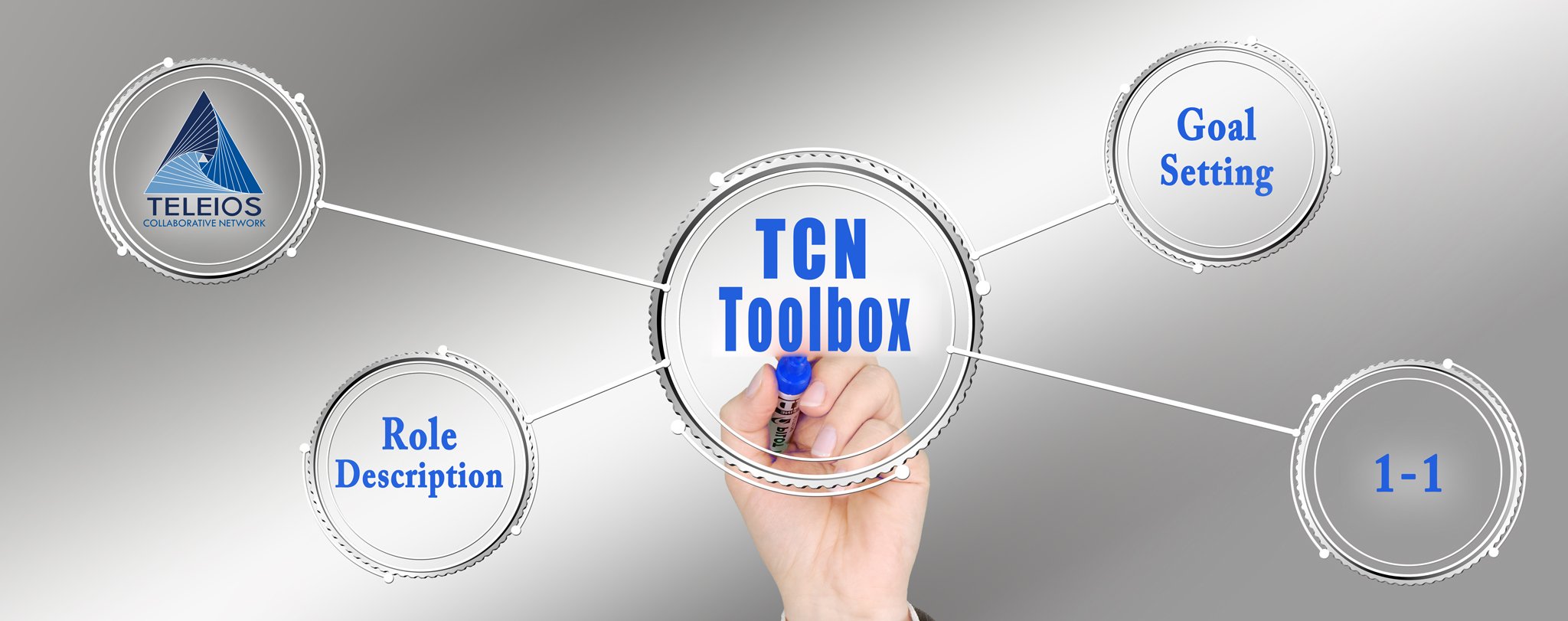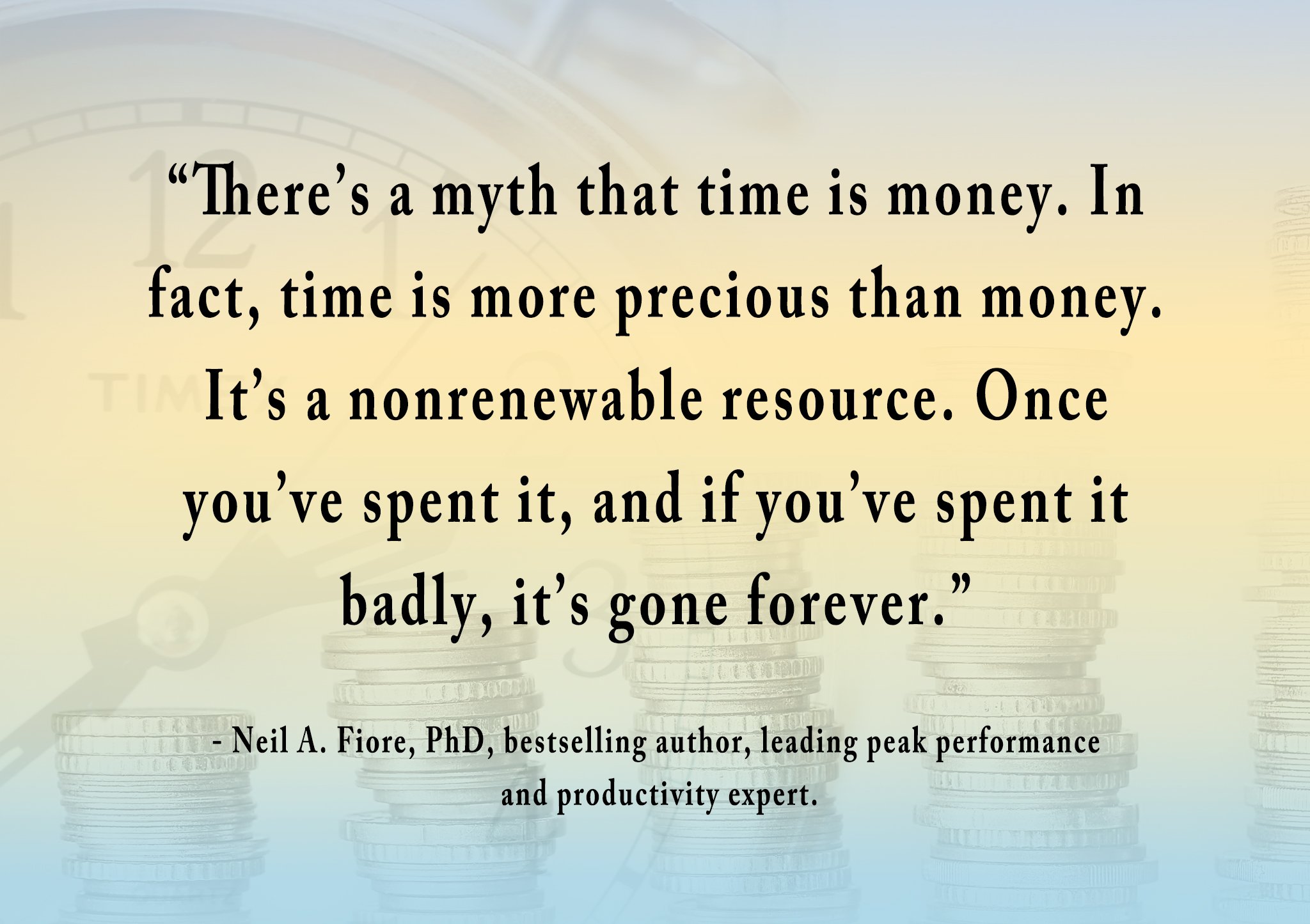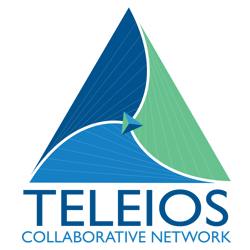11 min read
The Evolution of the Executive and Executive Assistant Relationship
By: Chantelle Buchanan on 7/5/19 6:45 PM


The Evolution of the Executive and Executive Assistant Relationship: The Ingredients. Arguably the most important aspect of the Executive and Executive Assistant (EA) relationship is their ability to jointly function as a team. When an Executive views their EA as a business partner and not solely as a support function, the team gains power. The successful construction of a team requires effort and commitment from both parties. Trust, communication, empowerment, delegation, and an exchange of expectations must be earned, contributed, and exercised mutually. The greater these components are exercised by each, the greater the return on investment.
I have been with Teleios Collaborative Network (TCN) for just shy of a year now and I feel constantly blessed to have somehow been selected to be a part of this team. Throughout my work history, much of which was as a contractor for the federal government, I have read many mission and vision statements, I have interacted with countless managers, and I have been a manager myself. Many times, I have bought into the mission, the vision, that was presented to me, always to be let down. I started to believe that mission and vision statements where just a box to be checked off in the development of an organization but didn’t hold any actual value. I have heard countless managers say, “If you don’t agree with me or have ideas for a better way, I am open to challenge,” just to learn the hard lesson that they did not mean it. They did not walk the talk. There was no trust. I could not trust what was being said, and they did not trust me to act in the best interest of them or the organization – too worried about how it made them look. Needless to say, when I was onboarding with TCN and I heard the mission and vision statements presented with such enthusiasm, I was cynical. The first time Chris Comeaux, President and CEO of TCN said, “I am open to challenge,” I internally rolled my eyes. I’d heard all this before. When positions that I had always heard of referred to as managers were being called Leaders, I assumed TCN had joined the ‘Buzz Word of the Month Club.’ I’d seen this before. But then…

I was tasked with reviewing a set of policies and procedures, that, to the best of my knowledge, Chris our CEO, had authored himself. I have a history in technical reviewing and returned his policy to him with so much red the document looked injured. I had not just made technical edits, but in areas that I felt the way we were performing and what was written did not align, I re-wrote entire sections. I sent it off and waited for his feedback – in the back of my mind thinking, this is it – this is where I learn the boss does not, in fact, like to be challenged. That night, as I was getting ready to get in bed, my cell phone chimed the familiar sound for a work email. My heart actually raced a little bit when I picked up the phone to see if it would be Chris’s response to my policy review – and it was. The little preview snippet that was visible on my phone said, “Wow you kicked tail with this. All approved.” Wait, what?
A couple months later I was sitting in a Board meeting minding my minutes when a discussion was taking place about a decision that needed to be made. One of the Board Members said, “Our Mission Statement says…,” This Board Member called upon the Mission Statement to guide the Board in making a decision. Could this be? Did they mean it? Had I found my people? TCN walks the talk. Trust.

It is from a place of reawakened enthusiasm and newfound purpose that I write this blog. I have always felt strongly that the components I am discussing are essential to any team building intentions, but especially to the Executive and EA relationship. With the experiences I’ve just shared and many more that I have not, I experienced a paradigm shift that allowed me to be open to what TCN is bringing to the table. The Leadership System and tools developed by and employed within TCN marry seamlessly with my own thoughts and beliefs in how relationship and team building should work within all organizations. Along the way I will introduce some of the TCN tools used in the evolution of the Executive and EA team.
More Bang for Your Buck
Anytime a position is added to your organization, an investment is made. An investment of resources – primarily time and money. While the money aspect is obvious, time plays a greater role in this relationship. As a nonrenewable resource, both the time you spend, and the time you save are invaluable. One of the primary missions of an EA is to ensure the protection of and enable the most effective use of the Executive’s time. A talented EA is not just a gatekeeper redirecting calls and keeping calendars, but employs systemic thinking to analyze and mitigate risk, to identify and implement efficiencies, and to manage the ripple effect to ensure smooth waters. At its best, the Executive and EA relationship can grow to allow for proxy situations enabling the Executive to be in two places at once and achieving more bang for your buck.
How Do We Get There?
As mentioned, trust, communication, empowerment, delegation, and an exchange of expectations, are paramount to building a successful team. These are interdependent components – if even one is missing or malnourished, the rest will be lesser, if not entirely failed. You cannot achieve trust without communication, cannot empower or be empowered without trust, cannot delegate or act on delegation without trust and the transfer of information through communication, and so on. An exchange of expectations – of each other and of the role itself – provides the structure and framework for all other components to work within, guidance to a common goal or shared mission. Time is essential to the evolution of the Executive and EA relationship. While the seeds of each component may exist once these two people decide to work together and join forces, a truly successful Executive and EA relationship takes time. Time to figure each other out, identify patterns, become familiar with thought processes, get to know each other, and build a truly cohesive team.

TCN has a whole toolbox of tools that help in these areas. Tools like Role Descriptions, One-to-One (1:1) Meetings, and Goal Setting help to provide guidance and expedite team development. Role Descriptions elevate commonly used job descriptions to a new level. Developing a Role Description helps to illustrate more than what an employee’s tasks and responsibilities are, but really defines what your position is in the organization, what your efforts mean to the team, organization, and to the mission and values of the organization. Team meetings, often between an employee and their Leader – known as a 1:1 – afford opportunities to check in with each other, to discuss what is going well and what could be going better, ensures that both parties are getting the assistance needed from each other to ensure successful fulfillment of each’s roles, and to ensure everyone is on course to reach common goals. Finally, Goal Setting helps to define where we need to go in our role and as an organization. Goals are like mile markers in a marathon – each time you accomplish another mile – you know you’ve made it that much further on your journey - but they must be SMART – Specific, Measurable, Attainable, Relevant, and Time-bound. (Click here to explore an opportunity to learn about these tools and so much more!)

The Goal – Trust
Trust is granted and earned on both sides. The Executive must be able to trust that the EA will perform consistently, at peak, on time, and always with the organization’s and Executive’s best interest in mind. The EA must be able to trust that the Executive will walk the talk, have their back, and visibly support efforts done in proxy when push comes to shove. They must trust each other to share a mission, live a life of learning, and allow for, accept, fix, and move on, when mistakes happen.
The Goal – Communication
Effective communication must be open, honest, and productive – after all, both are busy professionals with limited time. Without effective communication, systems fail. Communication is necessary to share information, provide guidance, exchange ideas, convey status; it is the backbone of knowledge, and knowledge is power. The team should count on each other to communicate all things Need to Know (NTK). NTK communication is an effective, efficient communication tool that centers on the concept of understanding each other’s roles and relaying what someone needs to know to best perform their role in as few words as possible. This contrasts with a more commonly used communication method in which leaders over-communicate, verbally dumping everything they know and hoping you can pick out what you need to know. NTK is much more efficient and will cut communication costs by 50% +.
An Executive should count on their EA for the communication of necessary details, competing priorities, observations, obstacles on the horizon, and raising the flag on foreseen concerns that may require strategic mitigation. In addition to the aforesaid, the EA must count on the Executive for feedback and to ensure information is communicated that enables the EA to act and make decisions effectively in any proxy situation. Do not shy away from feedback, even when it may be uncomfortable. Feedback is particularly important as it is the barometer an EA will employ to make necessary adjustments in style, response type, decision making, and more, during the ‘getting to know you’ phase of team building.
The Goal – Empowerment and Delegation
For an EA to fulfill their role the Executive must empower and delegate. When necessary, refer to your Role Description. A well-developed Role Description provides a frame of reference for empowerment and delegation. An Executive should focus on empowering the EA to make certain decisions, act on their behalf in select situations, communicate with and guide others to stay the course. The Executive must be willing to delegate, get out of the weeds, share the burden. This is where the most potential exists for the Executive to reclaim time. Be intentional here - otherwise, why have an EA?
The Goal – Exchange of Expectations
The fastest way to fall short of expectations is to not know the expectation existed in the first place. Expectations flow both ways, are fluid and evolving, and while a base set of expectations may always be in place, expectations will change. As the Executive and EA team evolves, expectations will adjust. As goals change, expectations will follow suit. Revisit the goals that you have developed often to ensure that, as a team, you are staying the course, following the path that you intended. Use the goals that you have developed as guidance in managing expectations. Do not shy away from expressing expectations -whether spoken or not, they still exist.

These are the ingredients for a solid foundation to any successful Executive and EA relationship. How we nurture, grow and blend these ingredients… Well, that’s fodder for another blog.
Chantelle Buchanan, Executive Assistant Office Manager
Teleios University (TU)
Program Launch: January 20-21, 2020
Discover More

An organizational model that allows not-for-profit hospices (Members) to leverage best practices, achieve economies of scale and collaborate in ways that better prepare each agency to participate in emerging alternative payment models and advance their charitable missions.
Related Posts
5 Reasons to Gift Yourself an Executive Coach
Executive leadership coaching is distinct from subject matter specialty and organizational...
What If I Could Give You 10 Additional Years On Your Life, Would You Be Interested?
What if I could give you 10 additional years on your life, would you be interested? Well who...
The 4th Fundamental of Every Great Organization System: The Reference System
Years ago, John Maxwell developed leadership lessons which he distributed via CDs. One of the...


